Touring Japan’s agricultural heartland on the northern island of Hokkaido is to a European farmer what shopping on New York’s Fifth Avenue or in Dubai’s giant malls must feel to a fashion enthusiast: livestock are kept in highly robotised sheds and machinery is state-of-the-art.
At a knowledge transfer meeting, local tech entrepreneur Takashi Seshimo said he had just started Space Agri, a company that sells satellite images for precision farming.
“Some farmers have the money,” he told the Irish Farmers Journal.
Farmgate prices would bring a tear to your eye: milk is above 80c/l at 4.1% fat and 3.25% protein; beef factories pay between €9/kg carcase weight for Holstein cattle and €23/kg for the prized Wagyu breed, with so-called F1 crosses between the two fetching €15/kg. Friesian bull calves sell for around €1,000/head and F1s for €2,000. Milling wheat is worth €415/t while pig prices top €4/kg carcase weight.
The farms visited by the Irish Farmers Journal commonly supported six people on 60ha to 80ha of land, with high-input systems combining homegrown and imported livestock feed.
High prices result from strong government protection. Until 2013, Japan had the second-highest level of farm support in the world after Norway, according to the OECD. This has dropped in recent years but Japan still ranks fifth in the global subsidy league at 49% of farm revenues, compared with 19% in the EU.
In addition to capital grants covering one-third of many on-farm investments, the prices above benefit from various government schemes, which operate instead of the European area-based payments. Only tillage farmers receive a BPS-type support for selected crops, eg €1,600/ha each year for wheat.
Take video tours of Japanese farms: ifj.ie/japan
The milk price includes a 17c/l manufacturing subsidy to meet the increasing cheese and butter demand. Beef and pig farmers have margin insurance: if the price drops below the cost of production, it covers 80% of the loss. Farmers contribute one-quarter of the scheme’s costs, with the government footing the rest of the bill. There is also a subsidised livestock health insurance scheme covering vet fees.
Yet high prices also result from structural imbalances in Japan’s farming sector. “The industry wants more agricultural products, but ageing farmers can’t meet this demand,” said Yasuyuki Kobayashi, international relations manager at Japan Agricultural (JA) Corporation. This group of co-ops with more than 10m members manages swaths of the rural economy, from milk collections to food processing, supermarkets, banks and hospitals. Its headquarters occupies a skyscraper in central Tokyo, between those of the Japanese equivalent of IBEC and the financial information firm Nikkei – of stock market index fame.
“In Hokkaido, the situation is better. But elsewhere, farmers are mostly old people. They don’t want to produce more – they have enough,” Kobayashi added. This is evident in the centre of the country, where rice paddies scale down the hills past sleepy towns and villages. Although the government supports heavy irrigation works and market re-orientation for those farmers as traditional rice consumption declines, it is still unclear what future lies ahead for these farms. Most fields are under 1ac in size, with no tractor access and a history of flooding for rice farming that makes them unsuitable for other enterprises.
Listen to an interview with Japanese farming journalist Masaru Yamada in our podcast below:
Listen to "Is Japan's agriculture ready for trade with Europe?" on Spreaker.
While Hokkaido’s progressive farms are comparable to those in Ireland, they are the exception. Small rice paddies account for half of Japan’s farms, and explain the country’s stark overall statistics: its 2.8m farmers operate on an average of 2.3ha each, and their average age is 67. Ministry of agriculture officials told the Irish Farmers Journal they had a massive challenge converting land to new uses and attracting young people to work it.
“It’s not only financial support for support, they also need social services,” said JA’s Kobayashi. “In some areas, it takes two hours to get to hospital by ambulance.” In the central mountains visited by the Irish Farmers Journal, there was evidence of heavy public works on dams and roads, but analysts said the past decades’ sluggishness in the Japanese economy was still deeply felt in rural areas.
The beef sector is a telling example of how Japan’s agriculture has been combining falling production and rising prices. “Over the past six to seven years, cattle numbers have gone down by 10%,” said Yasuhiro Oono, who finishes 4,000 cattle in Memuro. First, Agura, a major feedlot operator, went bankrupt.
“They used to feed 200,000 cattle nationwide,” said Yasuhiro. A foot-and-mouth outbreak in a major Wagyu beef producing area and restrictions associated with the Fukushima nuclear accident put further pressure on the country’s output. Since 2010, beef prices have climbed by more than 30%.
Large feedlots such as Yasuhiro’s are uncommon in Japan, but less and less so. Under-production and changing demand are beginning to have an impact on farm structures.
“While rice production has decreased in the past 20 years, livestock and vegetable have grown,” said JA’s Kobayashi, adding that more and more livestock farms operated as companies. “More food processors move into production themselves or create joint ventures with farmers’ organisations,” he added.
Until government policy attracts more productive farmers to the countryside, however, Japan’s farmgate prices are likely to remain high – and so will its reliance on food imports, which currently account for 60% of the country’s calorie intake.
Next week: consumers and exporters – who will conquer the high-price Japanese market?










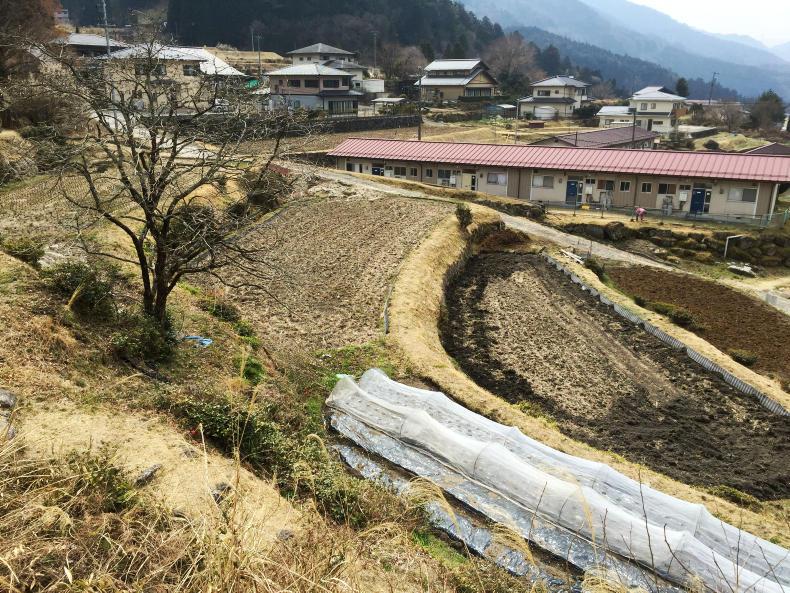
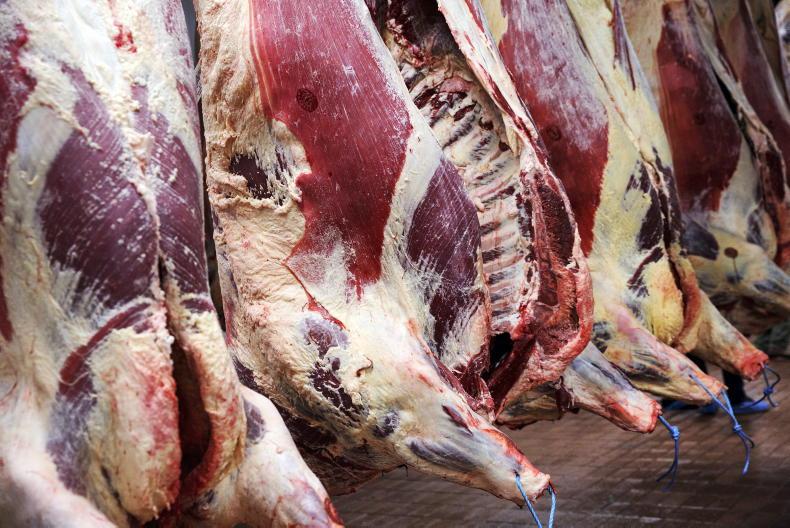

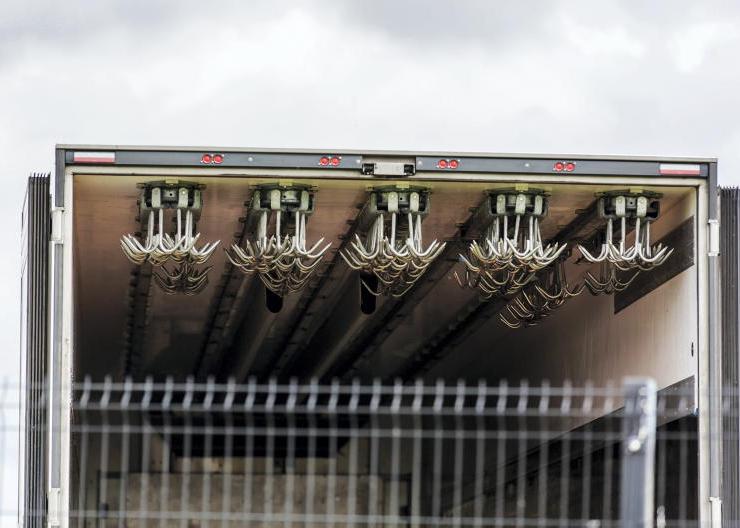
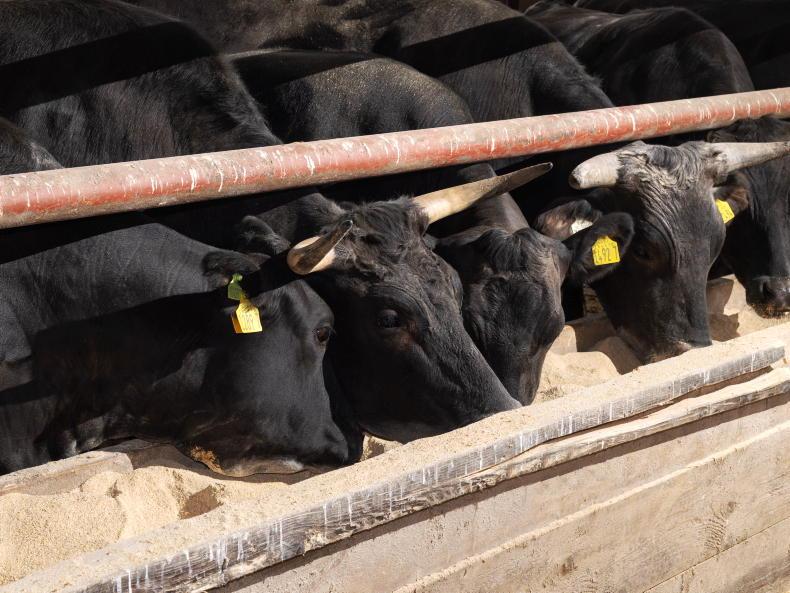
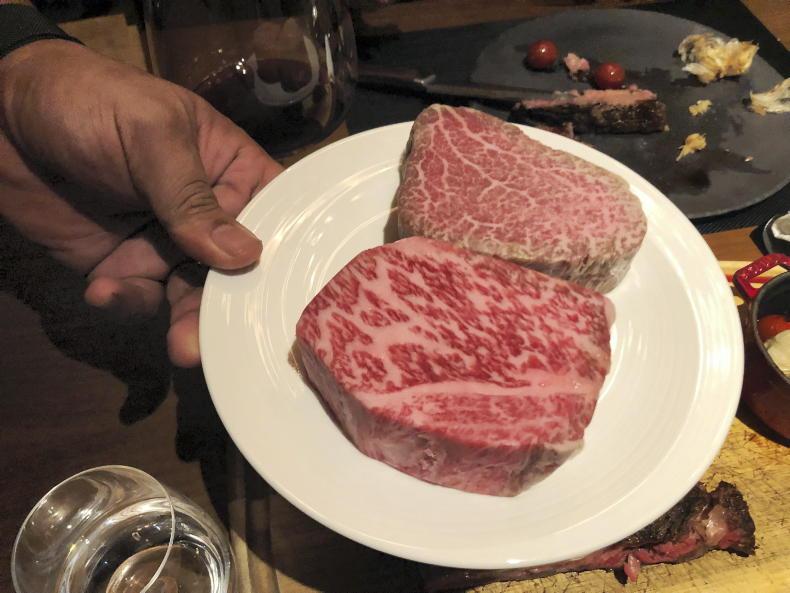
SHARING OPTIONS